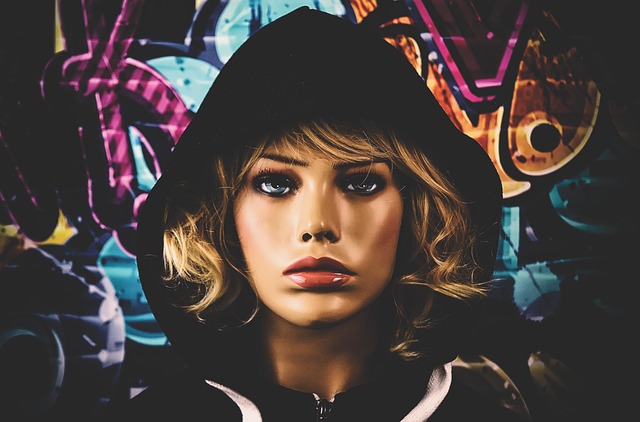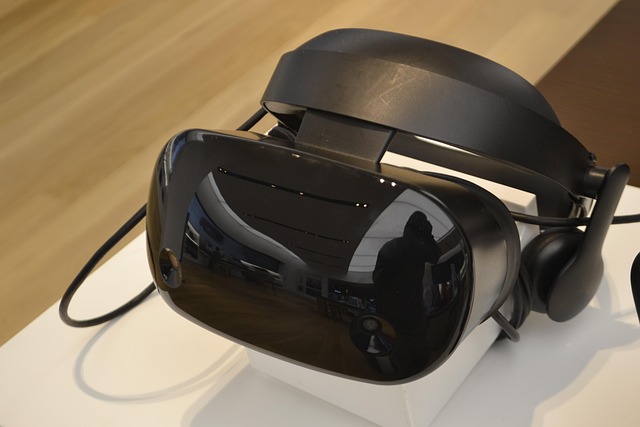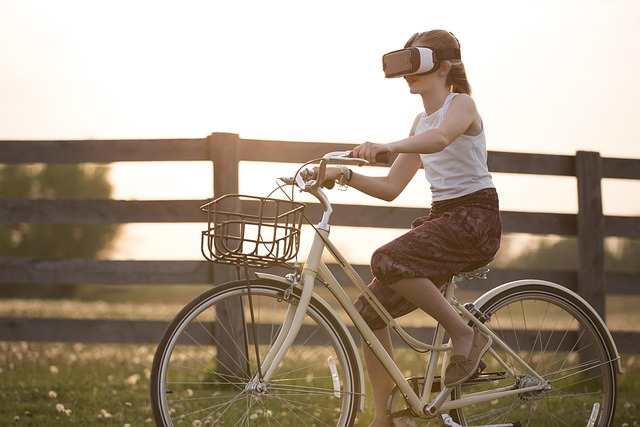As we step into the future of gaming, the emphasis on realistic animations in virtual and augmented reality has become more pronounced than ever. The gaming world is evolving, and we find ourselves at the brink of a new era where these innovations redefine our gaming experiences. Virtual Reality (VR) immerses players in entirely constructed digital landscapes, allowing them to feel as if they are genuinely part of another world. The thrill of navigating these realms is amplified when animations reflect true-to-life movements, facial expressions, and physical interactions.
Imagine donning a VR headset and stepping into a fantasy battleground where every character’s emotion is flawlessly animated. The grimace of a foe preparing to strike, the joy in a companion’s expression after a hard-fought victory—these intricate realistic animations breathe life into gaming, enhancing emotional connections and engagement.
On the other hand, Augmented Reality (AR) seamlessly blends the real and digital worlds, creating experiences that feel not just interactive but responsive. As players utilize AR technology, the need for animations that feel authentic becomes crucial. Picture yourself standing in your living room while a dragon lands beside you, its scales shimmering and wings flapping convincingly. Such detailed animations allow the digital environment to feel like a natural extension of our reality, rather than a mere overlay.
The emergence of the Metaverse takes this a step further. Envision a vast interconnected space where players not only interact through games but also engage in social and commercial activities. Here, realistic animations are vital for creating avatars that resonate with players on a personal level. Dynamic animations showing expressions of joy, frustration, or surprise can make interactions feel more authentic. A smile shared with a friend in a virtual space can create a sense of community that feels remarkably real.
As developers strive for realism, the technology powering these animations is advancing rapidly. Motion capture has improved, and AI algorithms are now capable of generating animations that adapt to player actions in real-time. This not only enhances gameplay but also fosters creativity—players become co-creators in their narratives, crafting stories that resonate with their unique experiences.
In conclusion, it is clear that realistic animations will remain at the heart of gaming’s evolution into VR, AR, and the Metaverse. As players, we can look forward to experiences that not only entertain but also evoke genuine emotional responses, blurring the line between the virtual and the real. Our gaming future is rich with potential, and the advances in animation technology will ensure that we are not just observers, but immersed participants in the stories we wish to explore.




